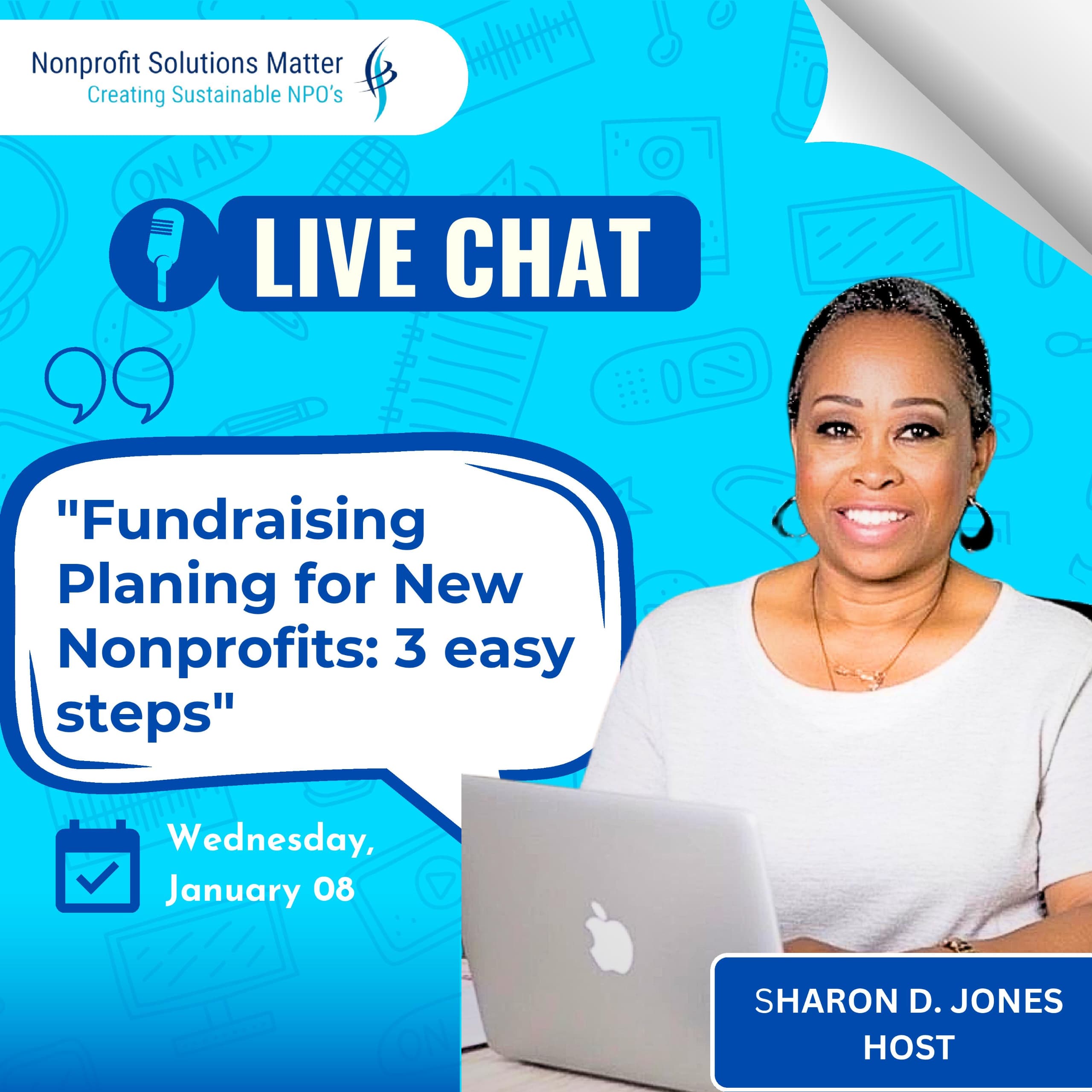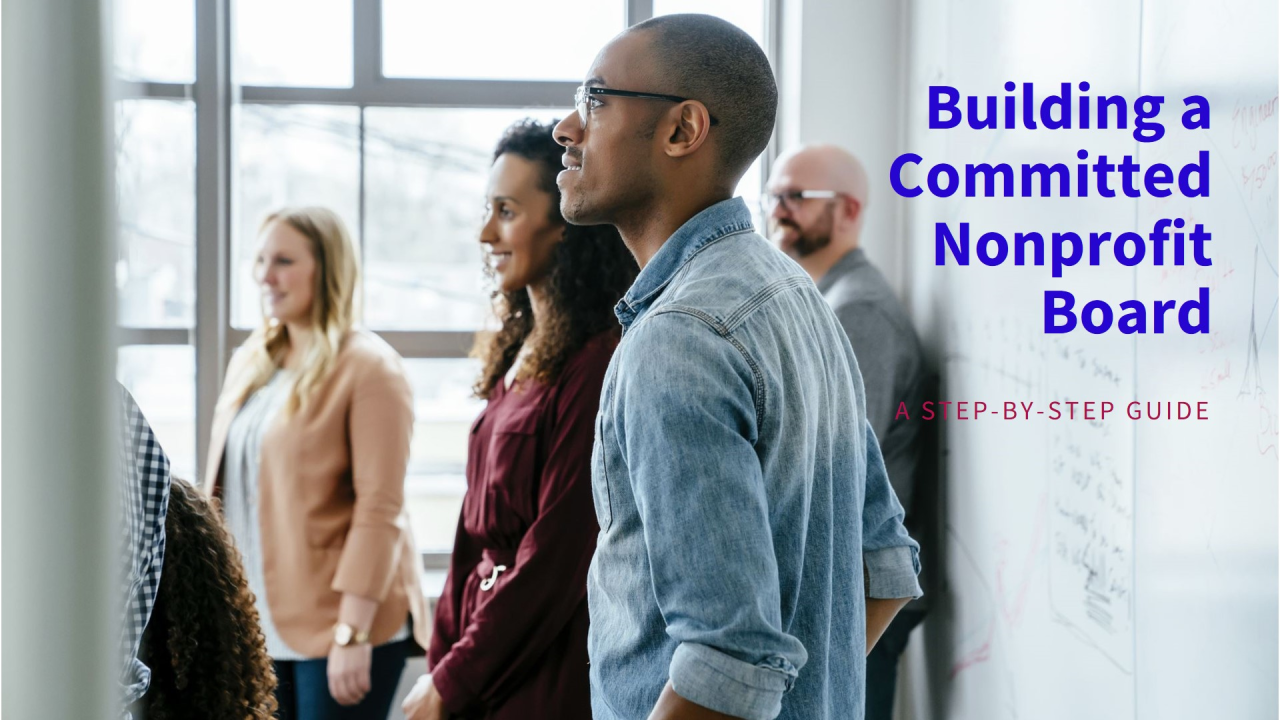Effective Corporate Fundraising FollowUp Strategy
Today, I’m going to talk about following up with corporate funders after outreach or after making the ask. In the world of corporate funding, it’s widely understood that you’ll need at least six to ten touches with a corporate funder before securing a commitment.
This means it’s unlikely that you’ll get the funding or a clear result with your first touch. It’s important to have a well-thought-out follow-up plan, from your initial outreach to the final stages of securing the funding.
Successful fundraisers will tell you that there’s a lot of intentionality behind bringing in the funding they seek. To outsiders, the communication might seem like standard outreach, but to those who are successful at raising money, every interaction is part of a deliberate strategy.
They understand that it takes multiple touchpoints—not always asking for funding at every step, but instead building a relationship that culminates in securing the financial support you need.
How Do You Follow Up with Corporate Funders?
It starts with having a plan of care for your corporate funders. I always recommend identifying a specific group of funders whose vision and mission align with your organization’s goals. Compile a list of at least 20 funders and create a detailed plan of care for each. This plan should include a variety of touchpoints, from phone calls and emails to office visits and joint partnerships. Each step builds on the previous one, leading you closer to the final goal of securing funding.
So, what does this plan of care look like in action? It’s crucial to map out the process from your first outreach, such as an email, all the way to the point where you make a presentation or pitch. In the business world, this is often referred to as a sales acquisition funnel—taking potential clients from marketing to sales, to closing the deal, and even following up after the deal is closed. The same principles apply here.
Engaging With Broad Lists of Corporate Funders
In some cases, you may have a list of corporate funders that are not part of your core group of targets. For these, you can still develop a plan of care, though it might be more general. Let’s say you have the names and emails of a larger group of corporate funders. Your initial step might be to send an email asking to connect with the partnership director or business manager. The goal here is to get your email forwarded to the right person.
Once you’ve been connected with the appropriate decision-maker, your next step is to send an introductory email or communication where you explain your partnership opportunity and ask for a meeting. When you’re granted a meeting, it’s time to present your offer. However, you may not make the ask for funding in that meeting, especially if the person you’re talking to is not the sole decision-maker.
Navigating Decision-Making Structures
If you’re dealing with someone who needs to take your proposal back to their board or a higher-level decision-maker, your communication needs to support that. Provide them with all the materials they’ll need to make your case on your behalf. If possible, offer to present directly to the board. This level of communication is critical, especially when you’re not in front of the final decision-maker yourself.
After the ask is made, your follow-up strategy is equally important. When a pledge is made, you need to have a plan for how you’ll follow up to secure that commitment, thank them, and nurture the partnership over time. This might include providing additional value in return, like regular updates on the impact of their funding or opportunities for future collaboration.
Taking Charge of the Next Steps
Now, let’s talk about how to handle follow-up after making the ask. For example, if a sole decision-maker doesn’t want to commit immediately and asks for time to think about it, you need to stay in control of the next step. Suggest sending over additional information, such as a proposal or pledge, to assist them in their decision-making process. Then, schedule a follow-up meeting to discuss their thoughts. The key here is to never leave the next step in the hands of the corporate funder. If you do, the process may stall.
Always take the initiative. Whether it’s a phone call, email, or another meeting, be the one to drive the conversation forward. Staying top of mind is crucial for ensuring that when the time comes for them to make a decision, you’re the one they choose.
Final Thoughts
What I’ve described is a comprehensive plan of care, one that’s intentional and structured. It applies to both general outreach to a broad group of funders and specific engagement with key targets. The mistake many nonprofits or charities make is assuming that the work is done once they’ve made the ask. In reality, it’s just the beginning. Follow-up is essential, and it requires a careful, ongoing strategy.
When you bring a corporate funder into your organization’s fold, your goal should be not just to secure one-time funding but to nurture that relationship and turn them into advocates for your cause. When done correctly, they’ll not only provide financial support but also attract more resources and opportunities for your organization.
If you’re looking for more guidance on developing a plan of care for your outreach efforts, feel free to reach out to us at Solutions Matter. We’re here to help you navigate this process and secure the funding your organization needs to thrive.
Until we connect again, take care!
Rooney Akpesiri is the VP of Client Services, Solutions Matter LLC























































